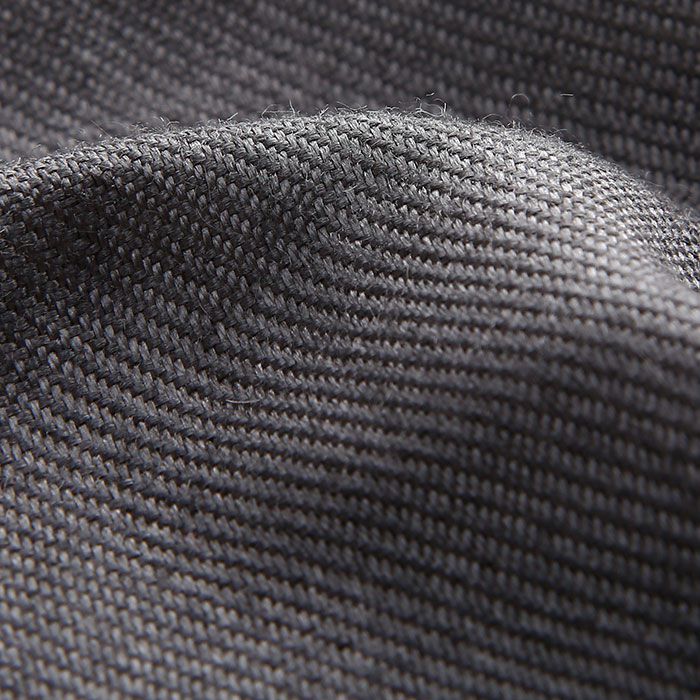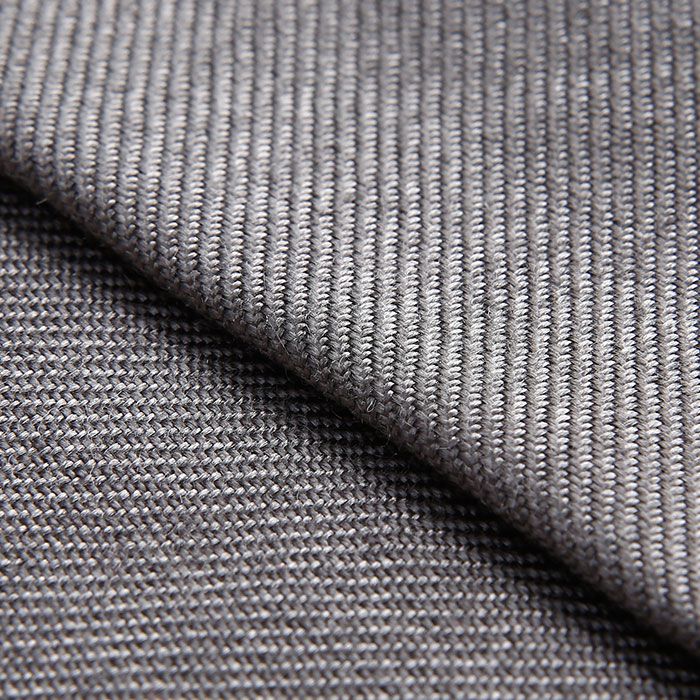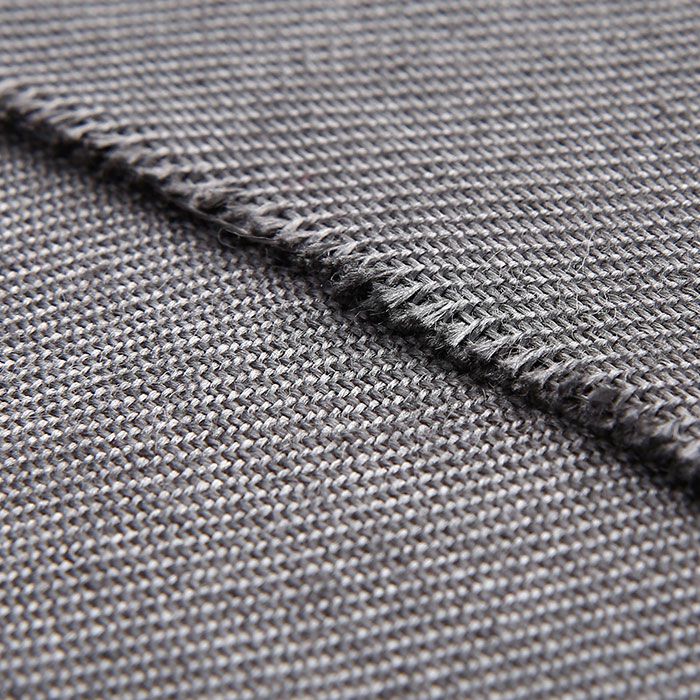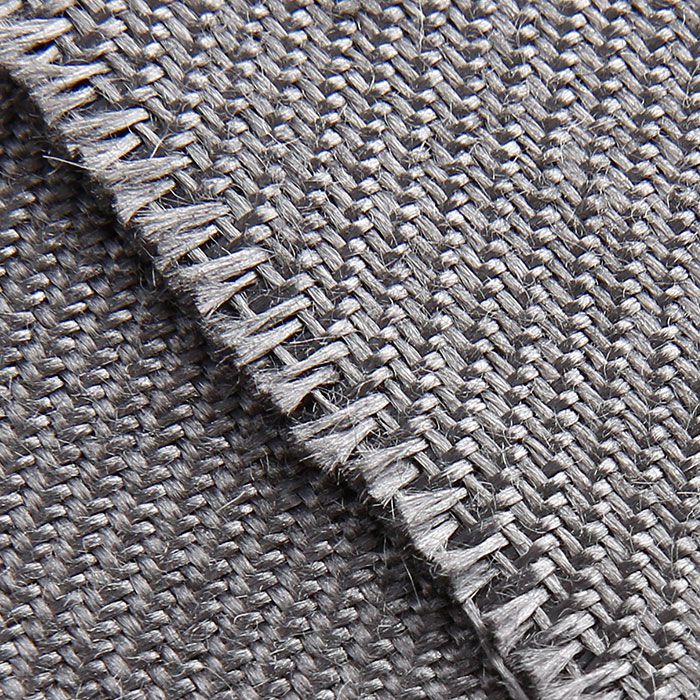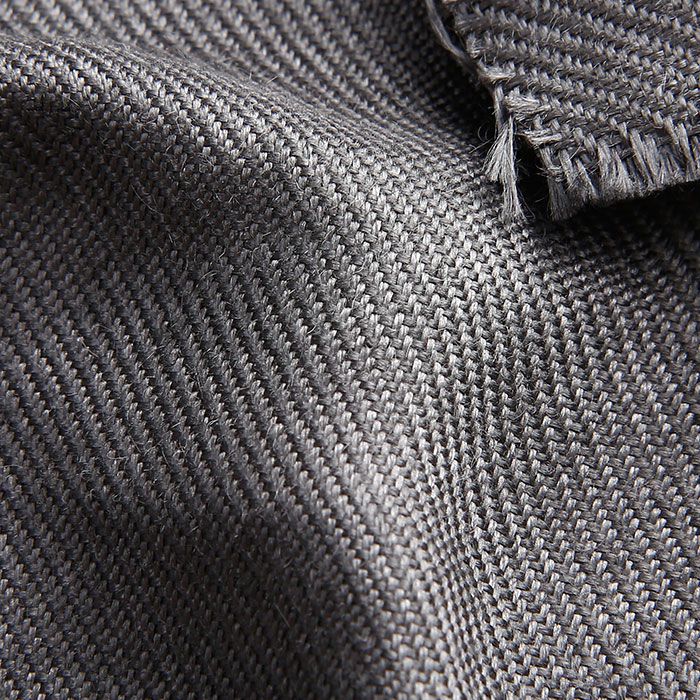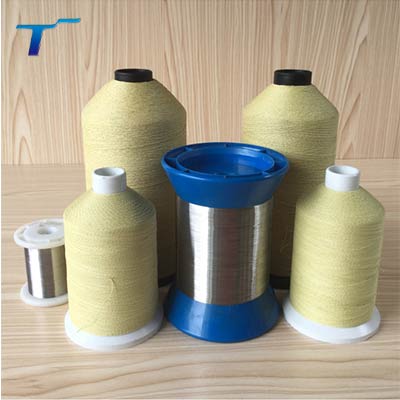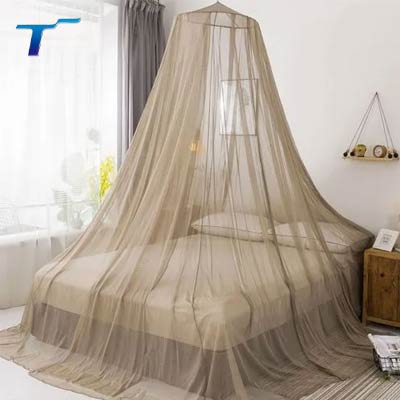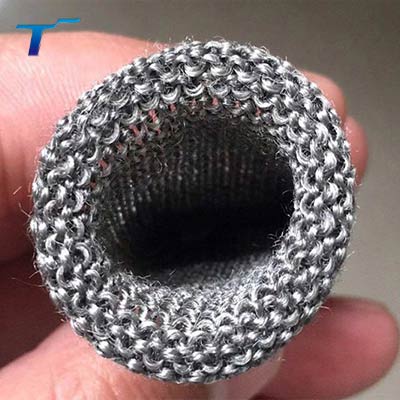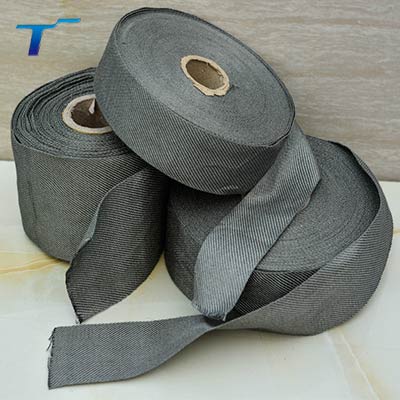Stainless Steel Fabric
Stainless Steel Fabric conductive fabrics are high-performance textiles made from stainless steel fibers, which can be woven, knitted, or integrated with a stainless steel braid to enhance strength and conductivity. These fabrics are specifically designed to provide electrical conductivity, making them ideal for applications such as electromagnetic shielding, heating elements, wearable technology, and other functional textile solutions.
In essence, Stainless Steel Fabric is a type of fabric that combines the flexibility and durability of traditional textiles with the conductive, high-strength, and corrosion-resistant properties of stainless steel, offering both mechanical protection and efficient electrical performance in one material.
The electrical conductivity of stainless steel conductive fabrics comes from the presence of stainless steel fibers, which are made from a blend of stainless steel and other metals. These fibers are typically very fine and can be woven or knitted into a fabric using traditional textile techniques.
One of the main benefits of stainless steel fabrics is their ability to shield against electromagnetic radiation. This makes them useful for applications such as electromagnetic interference (EMI) shielding in electronics and communications equipment. They are also used in medical applications to shield against electromagnetic fields generated by medical equipment.
Another use for stainless steel woven fabric is in heating elements. Because of their electrical conductivity, they can be used to create heating elements for clothing, blankets, and other applications where heat is needed.
Stainless steel fabrics are also used in wearable technology, such as smart clothing and fitness trackers. They can be integrated into garments to create sensors that track body temperature, heart rate, and other physiological data.
How to make metal fiber fabrics and the difference:
Metal fiber fabrics made by knitting: good softness, good ductility It has elasticity. Metal fiber fabrics made by weaving: good softness, high strength, better robustness (not easy to deform).
Knitted or woven fiber fabrics are mainly used in the production of automotive glass (covering automotive glass bending male mold mold), glass bottle containers, touch screen and cell phone glass panels and so on. Stainless steel fiber fabrics are flexible and supple mainly used as barrier fabrics to prevent thermal shock cracks or scratches during glass forming/manufacturing applications.
The material's high temperature resistance ensures smooth production of automotive glass, windshields, rear window glass, side window glass and sunroofs. The excellent corrosion resistance of our materials enables the production of automotive glass with the highest optical quality under the harshest bending conditions.
Technical Data:
Conductivity: ≤0.5Ω/cm.
Shielding effectiveness: 50~80dB
Operating temperature range: 500 - 600 degrees Celsius(°C)
Melting Point: 1300 degrees Celsius(°C)
Specification
| Model No. | TF-SSF601 | TF–SSF602 | TF–SSF603 | TF–SSF604 |
| Width | 100cm, 120cm, 150cm, 160cm | |||
| Fiber Diameter (µm) | 8 | 8 | 8,12 | 8,12 |
| Yarn Count (Nm) | 16 Nm/2 | 12 Nm/2 | 8.6 Nm/2 | 6 Nm/2 |
| Texture | Plain, Twill | |||
| Thickness (mm) | 0.5±0.05 | 0.65±0.05 | 0.68±0.05 | 0.75±0.05 |
| Weight (g/m2) | 580±20 | 650±25 | 800±25 | 980±25 |
| Air Permeability (mm/s) | 1200±100 | 1180±100 | 1100±100 | 950±100 |
Advantages of Stainless Steel Fabric
High Electrical Conductivity: Provides excellent conduction, suitable for EMI shielding, grounding, and wearable electronics.
Durable & Strong: Stainless steel fibers enhance the mechanical strength and wear resistance of the fabric.
Corrosion & Oxidation Resistant: Maintains performance in harsh environments and high humidity.
Heat Resistance: Can withstand high temperatures, making it suitable for thermal management applications.
Flexible & Lightweight: Retains the softness and flexibility of textiles while providing metallic properties.
Flame Retardant: Offers enhanced safety for industrial or wearable applications.
Easy to Process: Can be cut, sewn, and integrated into various products without losing conductivity.
Shielding Capabilities: Provides effective electromagnetic and radio frequency shielding, protecting sensitive electronics.
Supplier Advantages — Texcraf
Expertise in Functional Fabrics: Texcraf has extensive experience in producing conductive, shielding, and high-temperature resistant fabrics.
Advanced Manufacturing: Operates specialized workshops, including silver-plating and textile production lines, to maintain consistent quality.
Innovative R&D Team: Led by skilled textile engineers, the team develops new solutions to meet diverse industry needs.
Custom Solutions: Provides tailored fabrics and products according to specific customer requirements.
Wide Product Range: Offers stainless steel fabrics, silver-plated textiles, aramid conductive fabrics, and other functional materials.
Global Trade Support: Dedicated international trade team ensures efficient, professional, and reliable service worldwide.
Commitment to Quality: Focuses on product reliability, continuous improvement, and customer satisfaction.
Electromagnetic shielding: Stainless steel fabrics can be used to shield against electromagnetic radiation, making them ideal for use in electronic devices and medical equipment.
Heating elements: Stainless steel fabrics can be used to create heating elements for clothing, blankets, and other applications where heat is needed.
Wearable technology: Stainless steel fabrics can be integrated into garments to create sensors that track body temperature, heart rate, and other physiological data.
Industrial applications: Stainless steel conductive fabrics are used in industrial applications such as filtration systems, conveyor belts, and safety barriers.
Architectural and interior design: Stainless steel fabrics can be used as decorative elements in architecture and interior design, such as in wall coverings, window treatments, and furniture.
Electrical conductivity: Stainless steel conductive fabrics are designed to be electrically conductive, making them ideal for use in applications that require electrical connections or grounding.
High strength and durability: Stainless steel is a strong and durable material that can withstand heavy use and harsh environmental conditions, making it ideal for use in industrial and outdoor applications.
Corrosion resistance: Stainless steel is highly resistant to corrosion and rust, which makes it ideal for use in marine and other corrosive environments.
Flexibility: Stainless steel conductive fabrics can be woven or knitted into a variety of patterns and shapes, making them ideal for use in a wide range of applications.


